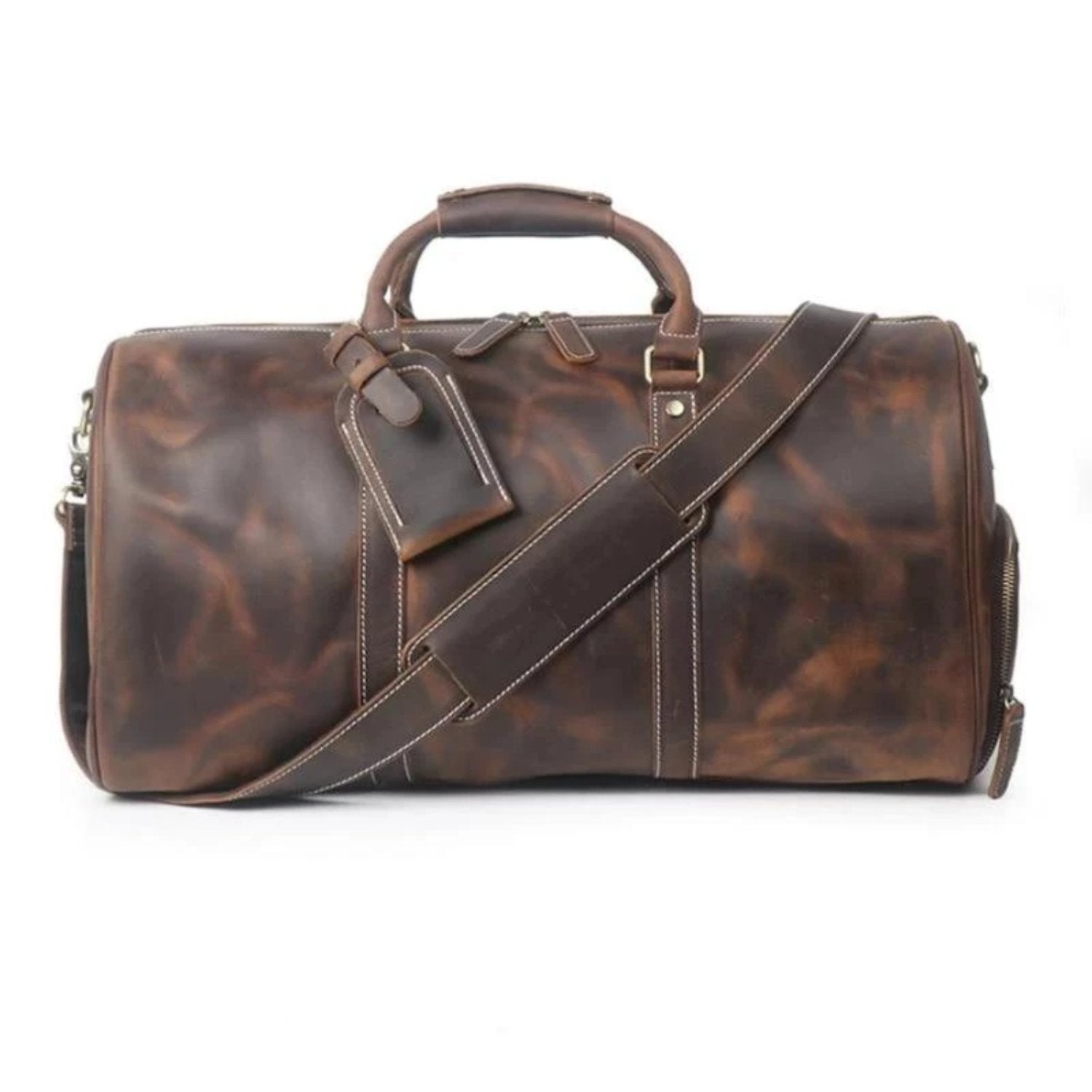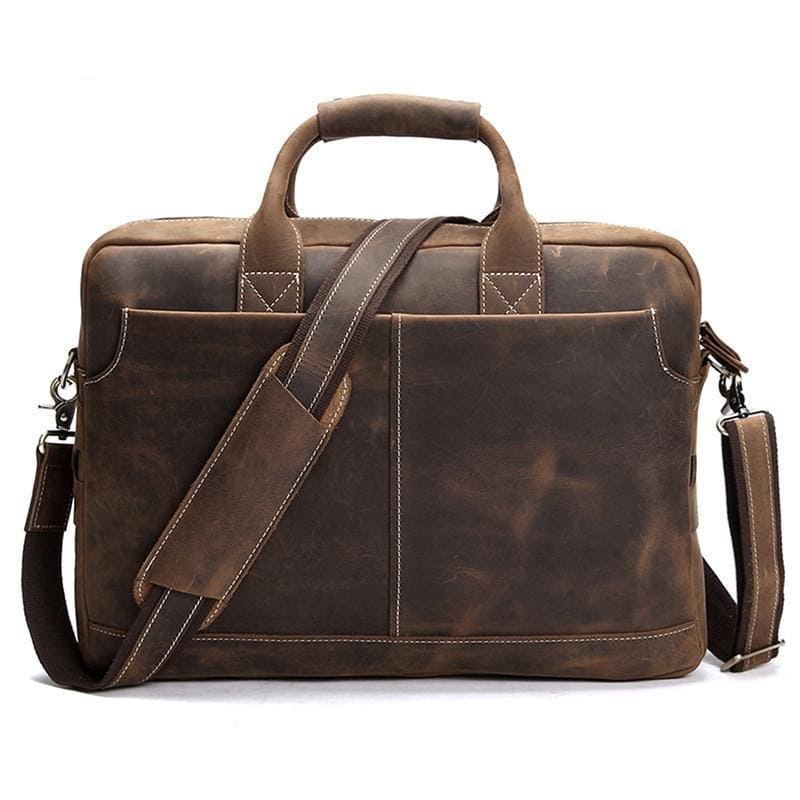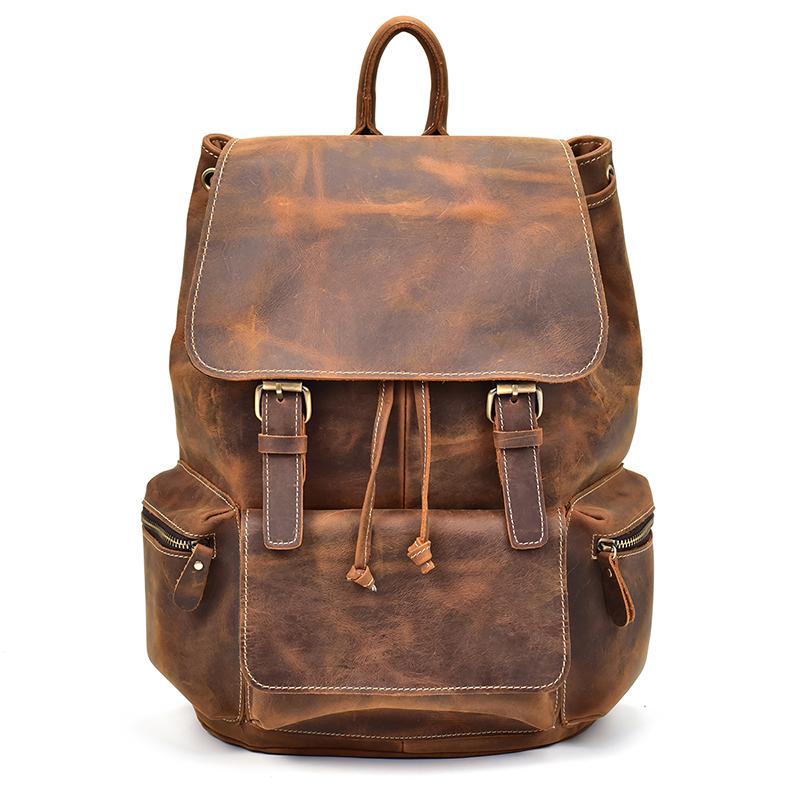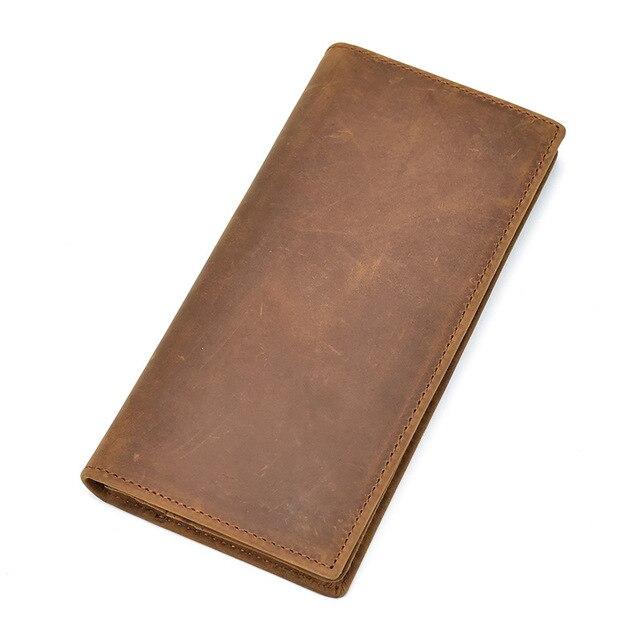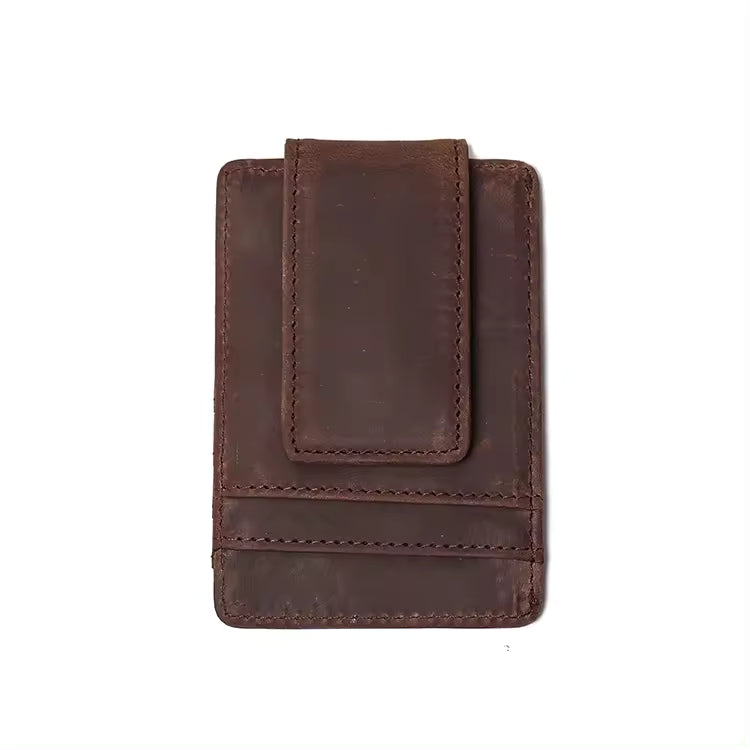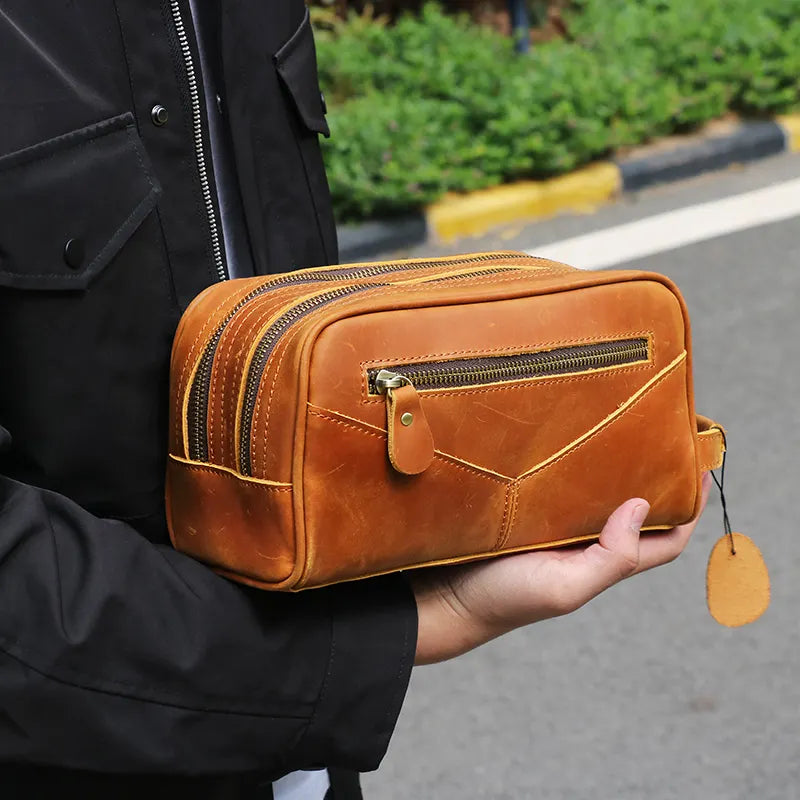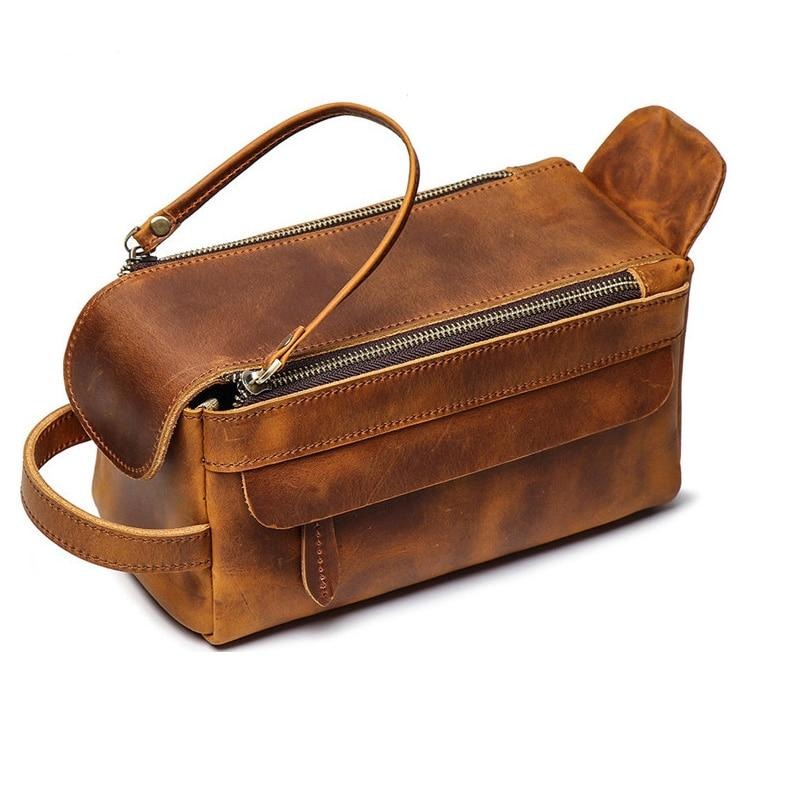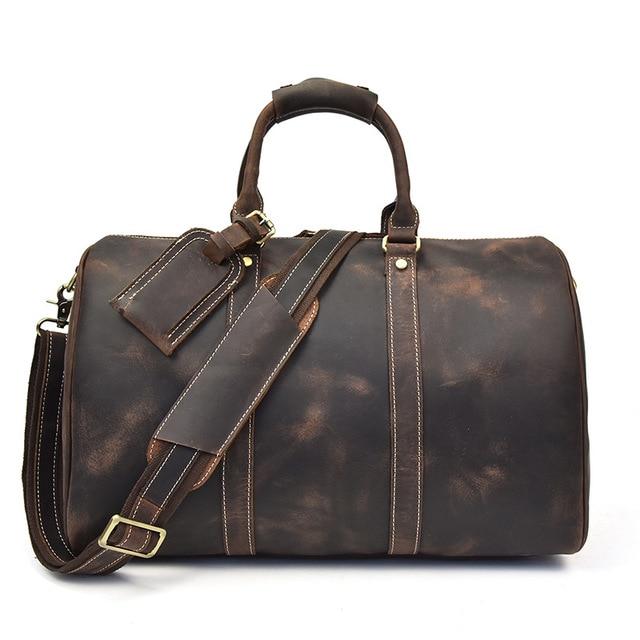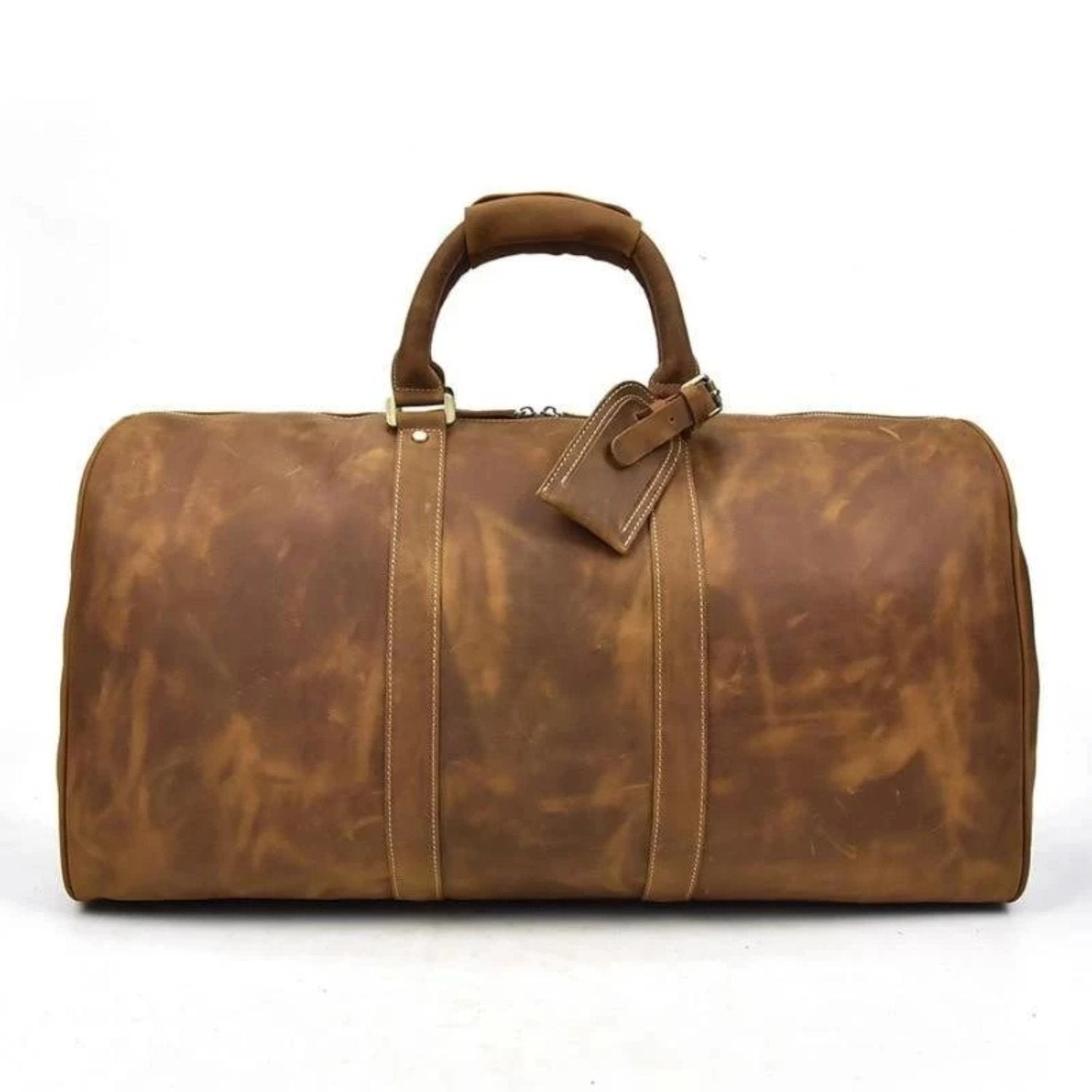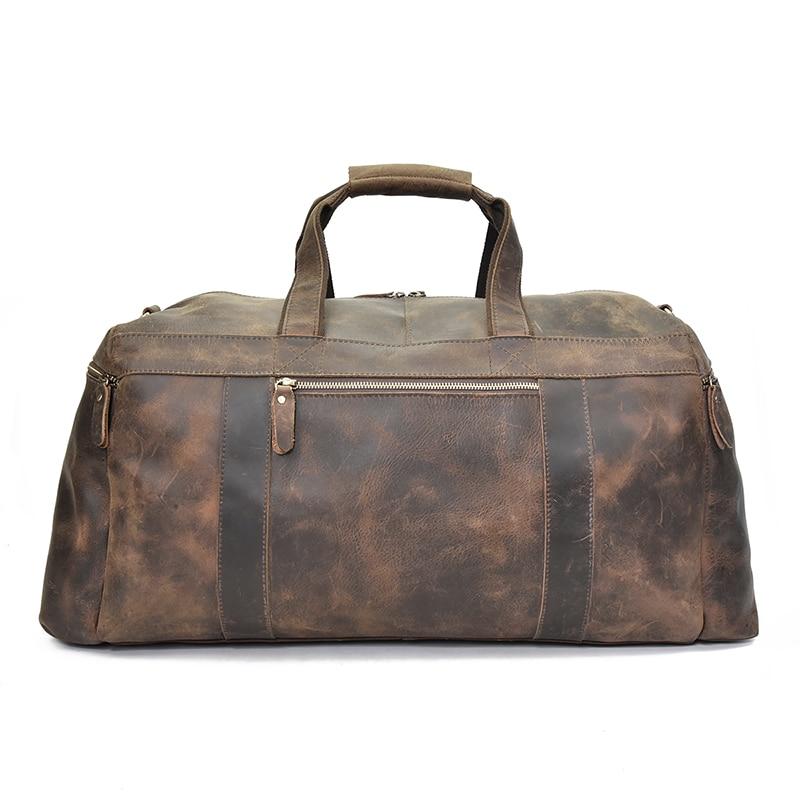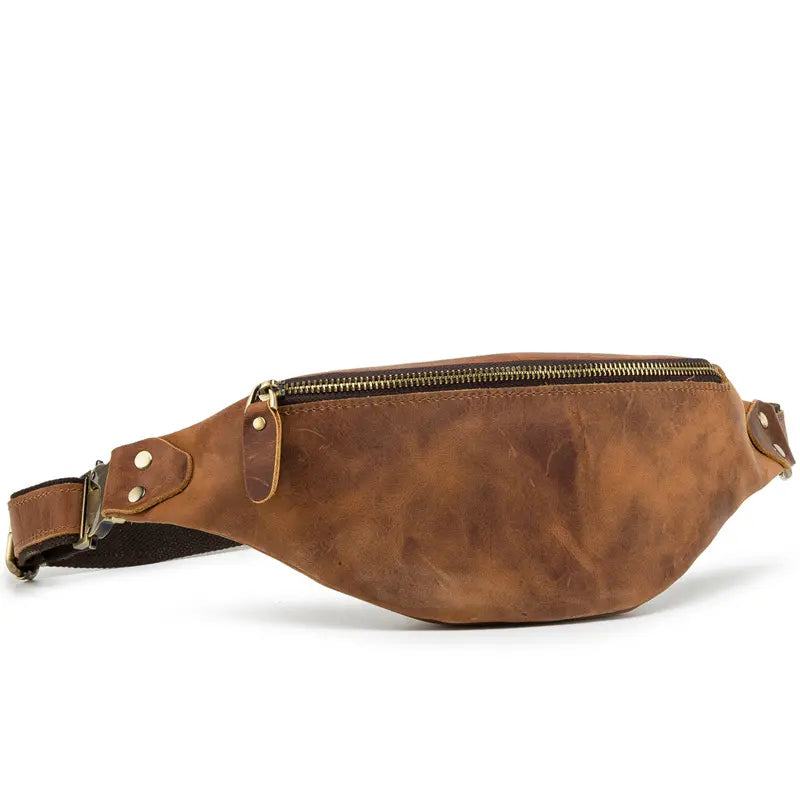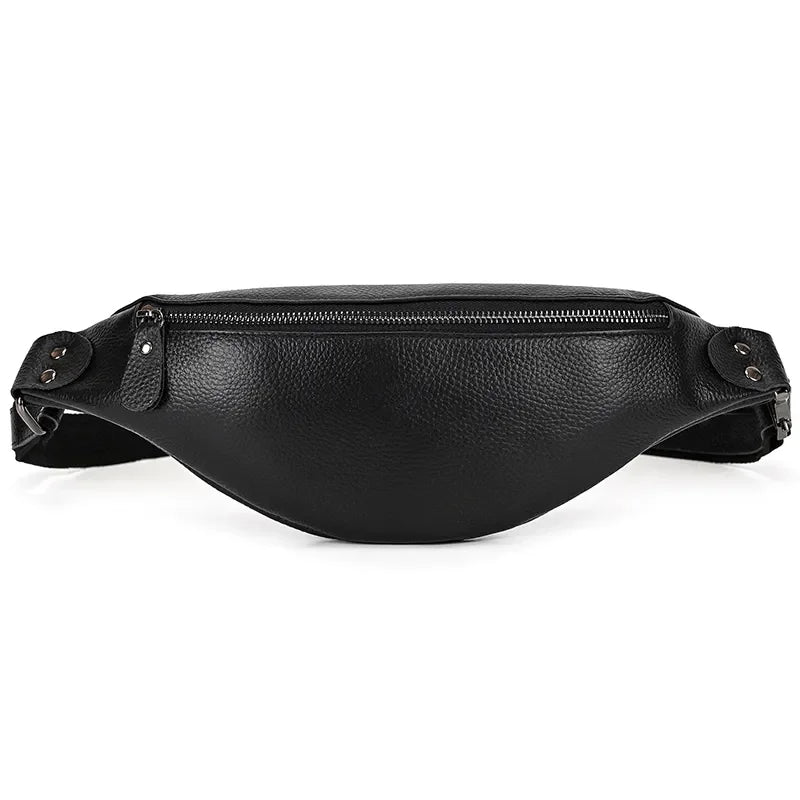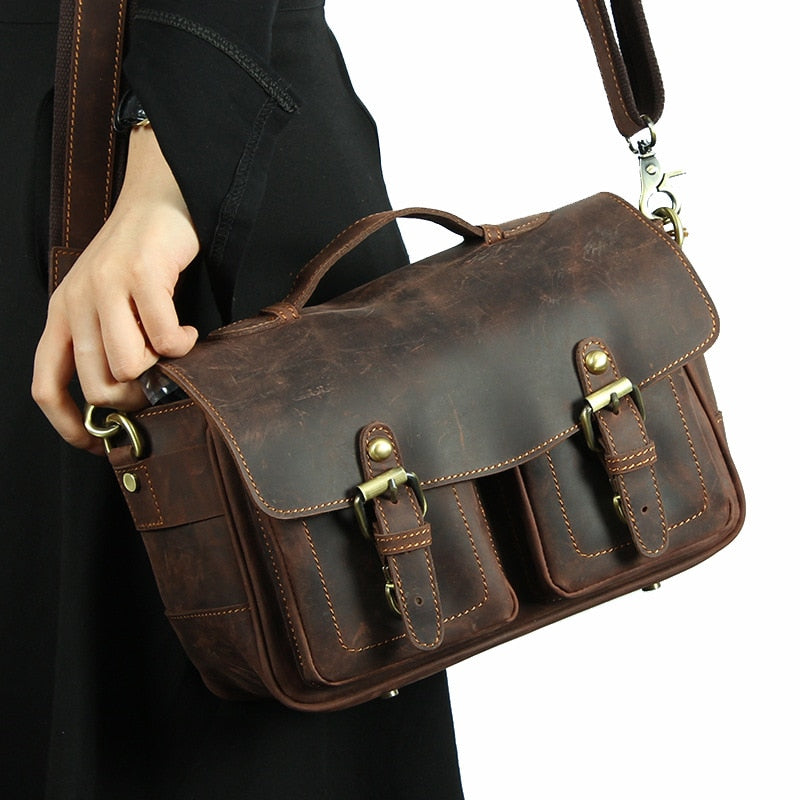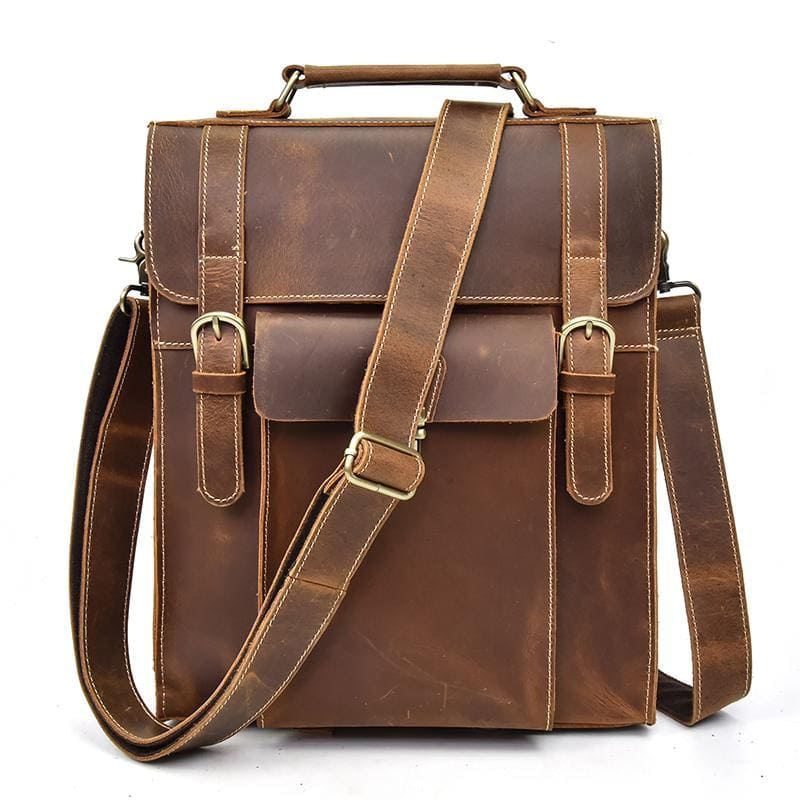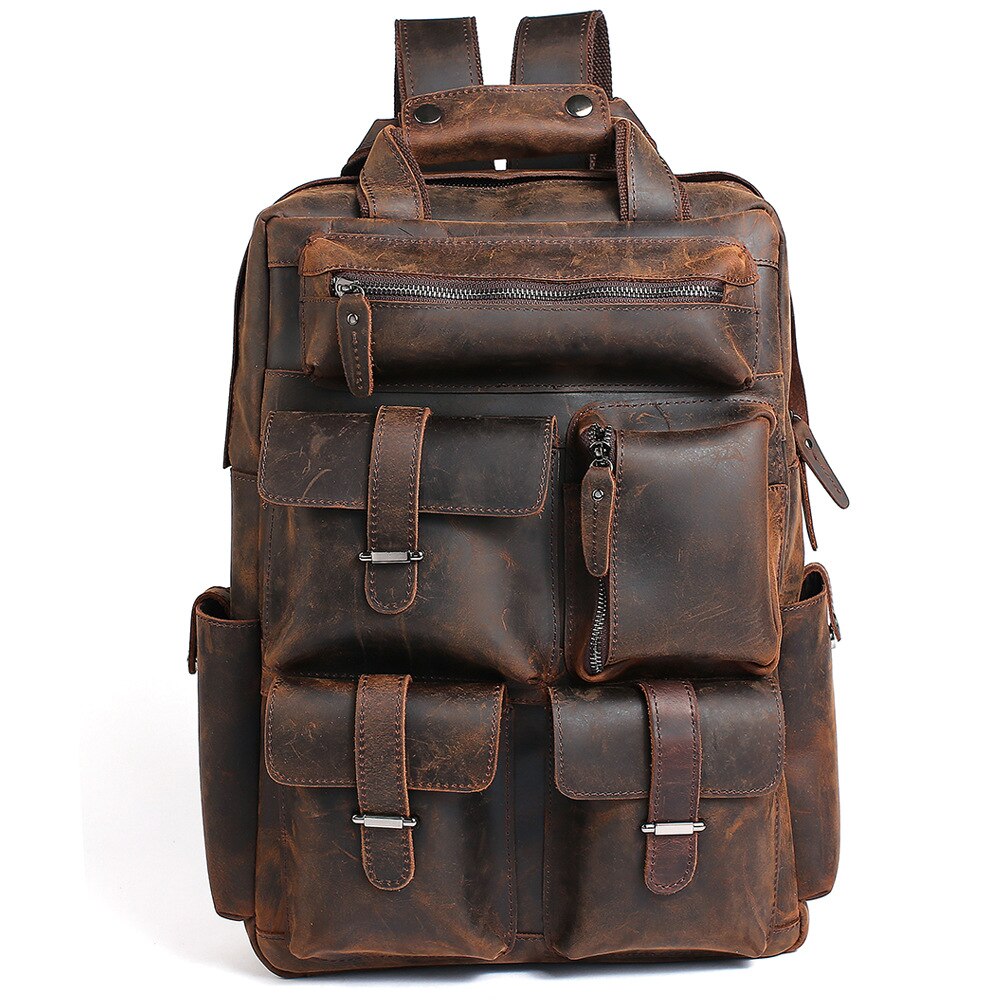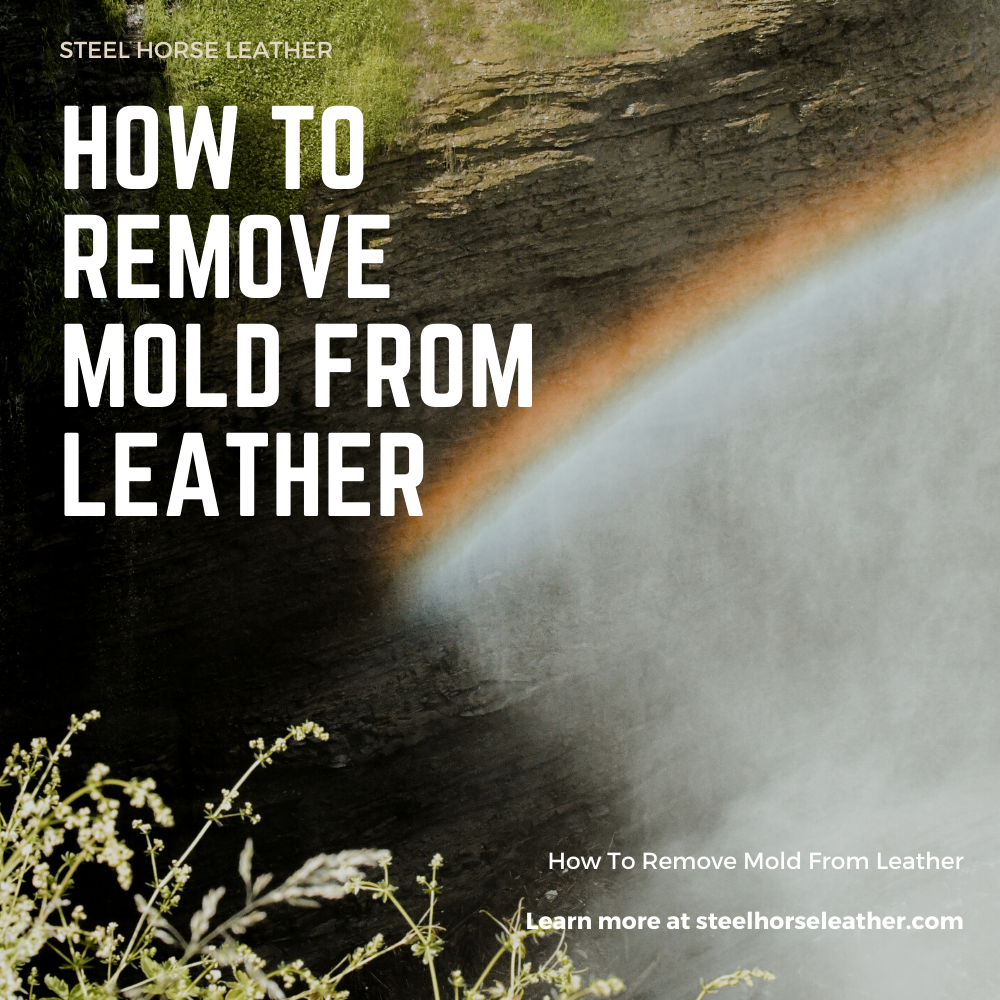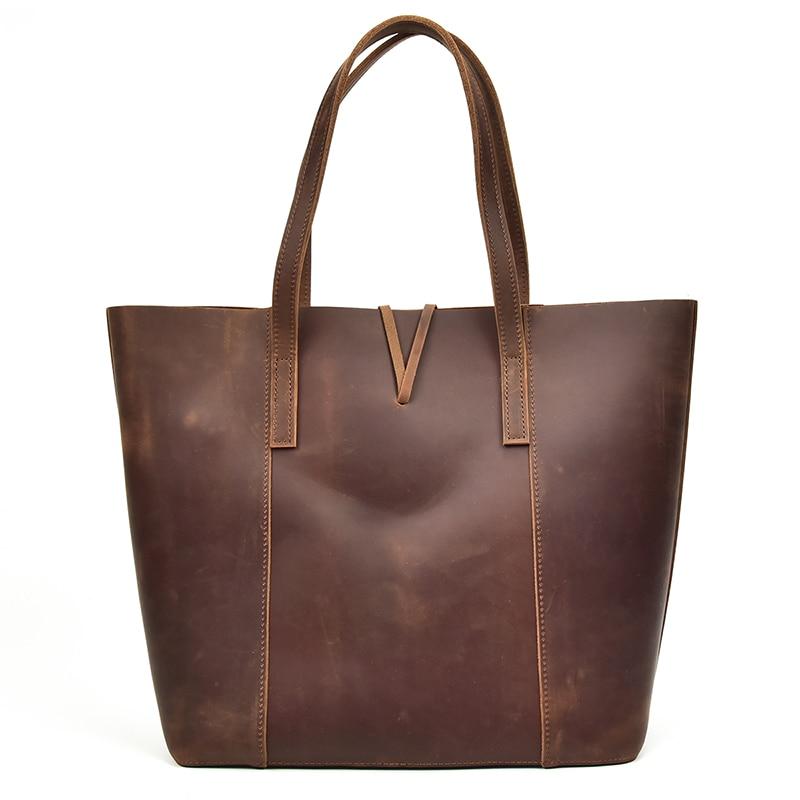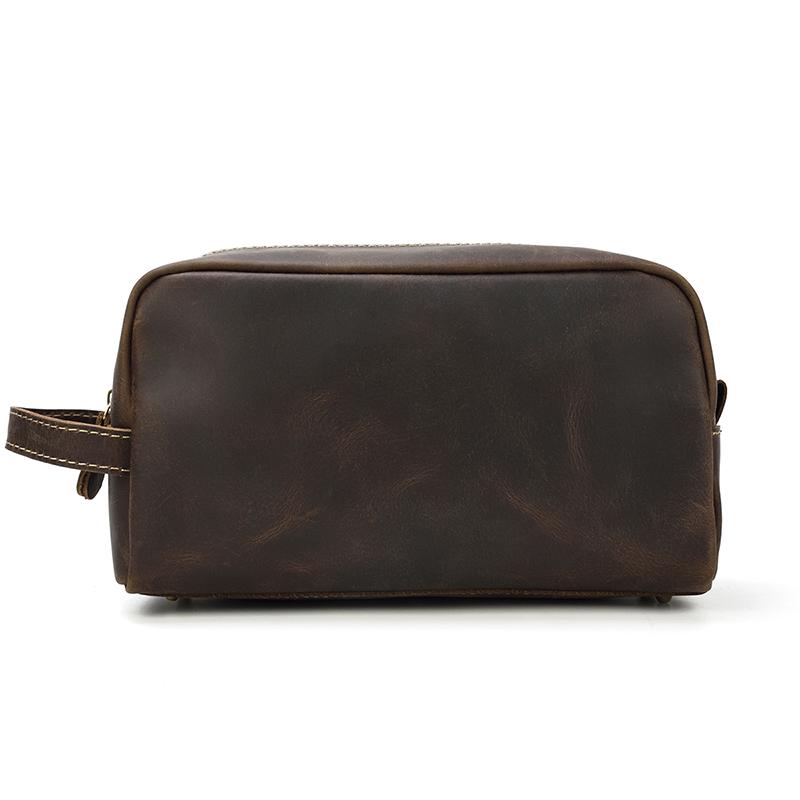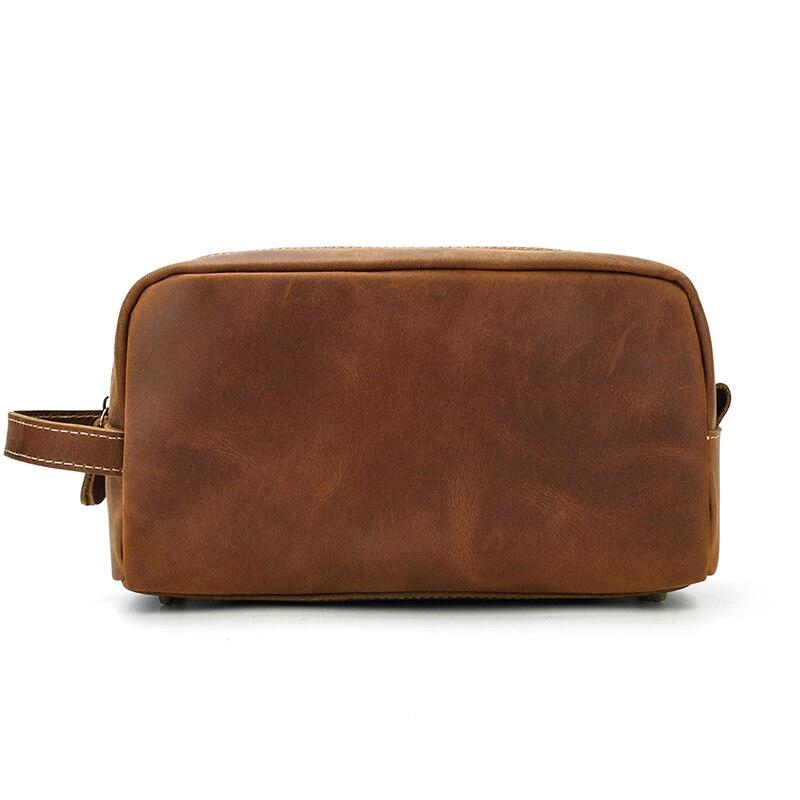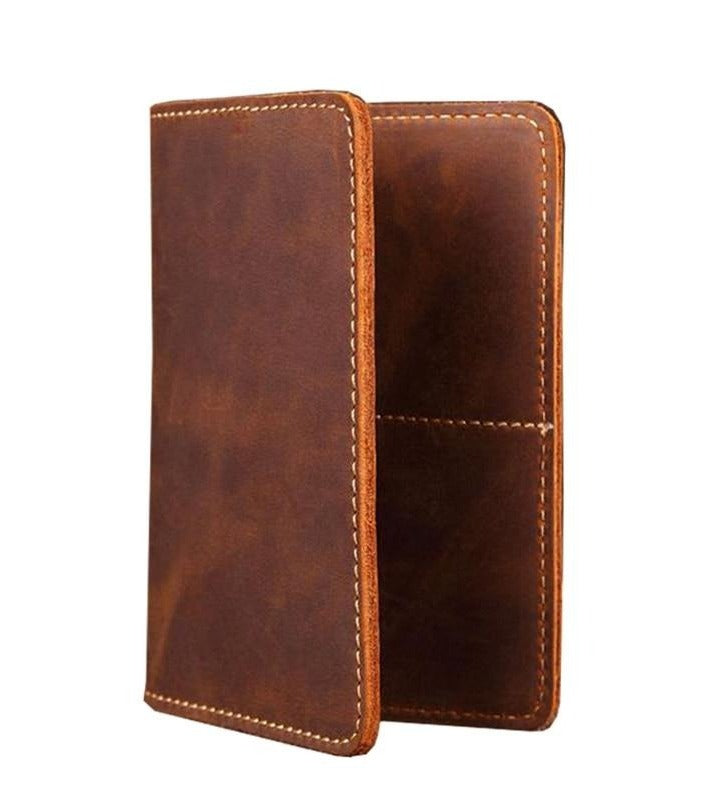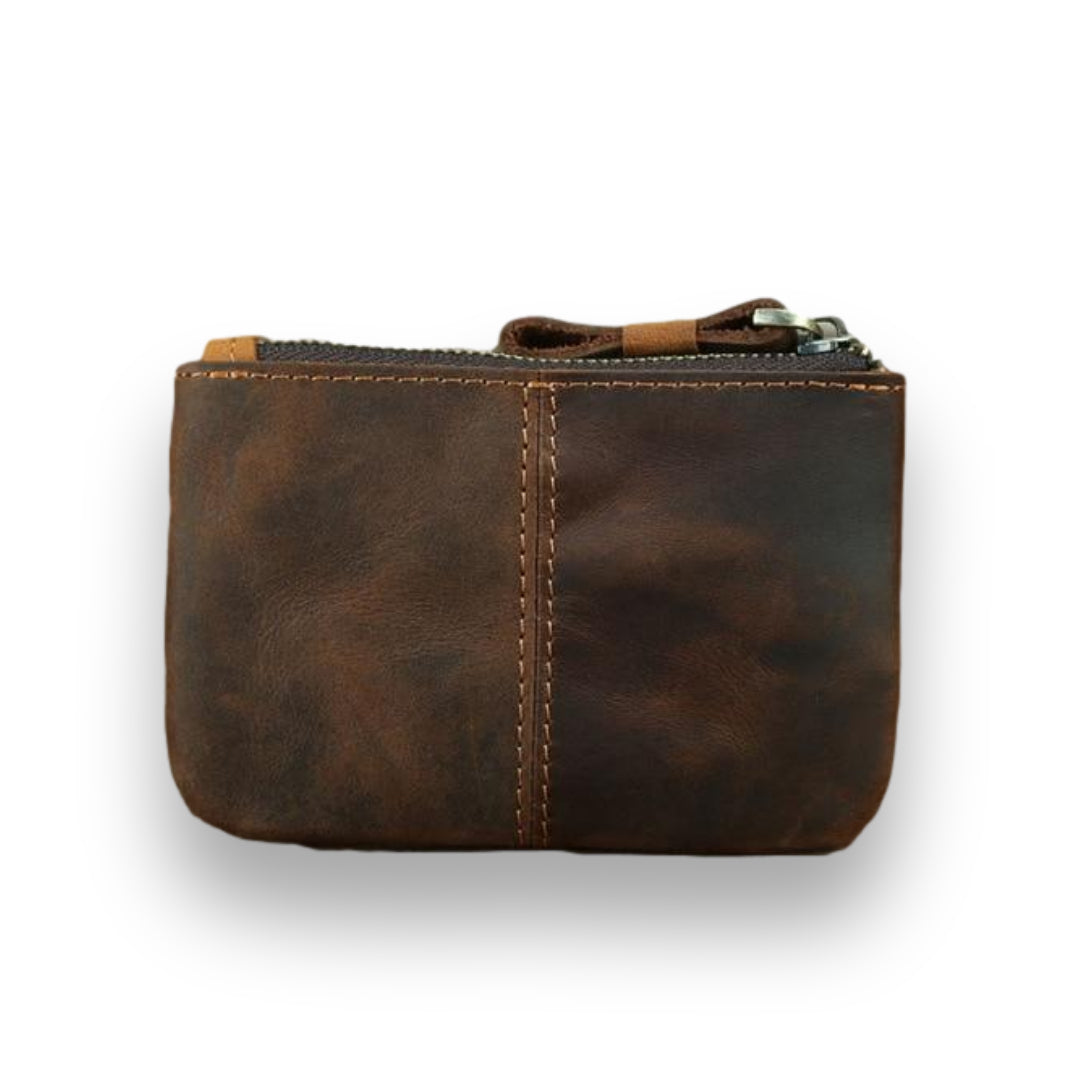If you're looking for a unique kind of leather product that's not available anywhere else, then you need to try vegetable-tanned leather! This process of tanning leather using vegetable oil results in durable and versatile leather that's perfect for shoes, bags, or any upholstery materials. So read on to check out and learn all you need to know about this sustainable option for leather goods!
Key Takeaways
- Vegetable-tanned leather is a sustainable and eco-friendly alternative to conventional leather, using natural plant-based tanning agents instead of synthetic chemicals.
- The production process involves multiple stages including pre-tanning, tanning, dyeing, hot stuffing, and finishing, taking up to two months to complete.
- This type of leather develops a unique patina over time and is particularly suitable for products requiring durability, such as bags, wallets, and furniture.
- Proper care and maintenance are essential, including protection from water, heat, and direct sunlight, and using appropriate cleaning materials.
- While more expensive than conventional leather, vegetable-tanned leather offers superior quality, longevity, and environmental benefits that justify the investment.
Understanding Vegetable-Tanned Leather

Vegetable leather is a unique type of leather that's made from the tanned hides of an animal or a tree bark that is treated with vegetable tanning. This process produces a lighter and rich color and a more porous surface than regular leather. It's eco-friendly, functional, and long-lasting - perfect for use in furniture, and bags, as opposed to full grain leather or genuine leather, especially in terms of softness. So what are you waiting for? Give vegetable leather a try and see for yourself how amazing it is!
Brief History of Vegetable Tanned Leather
While vegetable-tanned leather has been around for centuries, this process became more common in the 1800s as improvements were made to tanneries and equipment. Today, you can find vegetable leather products in many different styles, colors, and sizes. Its rustic look and feel add character to items that need durability like wallets, purses, and furniture. In addition to its practical uses, this leather can also be stylishly used on shoes or other accessories.
Difference Between Vegetable-Tanned Leather and Regular Leather
The environmental advantages of vegetable-tanned leather are well-documented in scientific literature. Studies have shown that vegetable tanning significantly reduces chemical waste in leather production, as it relies on natural plant-based tannins rather than harmful chromium salts used in conventional methods (Thanikaivelan et al., 2003; Saravanabhavan et al., 2003). This reduction in chemical dependency directly translates to less environmental pollution throughout the manufacturing process.
Vegetable Tanning vs Chrome Tanning
When it comes to the leather industry, two prominent production processes stand out: vegetable tanning and chrome tanning. The vegetable tanning process relies on natural vegetable tannins, including chestnut tannins, sourced from authentic materials such as tree bark, leaves, and fruits. This method, using a combination of tannins, is known for producing heavyweight leather that's both sturdy and supple, developing a rich patina over time.
In contrast, chrome tanning employs harmful chemicals, primarily through a chemical solution of chromium salts, to expedite the process, allowing for quicker product launches and brighter tones in the finished products. Although chromium-tanned leather offers more color options and can be more resistant to hot water and stains, it may not exhibit the same bodied leather characteristics as its artisanal leather counterpart. Environmental impact concerns surrounding chrome-tanned and vegetable-tanned leather, such as pollution and potential health risks, have prompted many to favor natural vegetable techniques. The choice between these leather types depends on proper care, condition of purchase, and intended use.
Products Vegetable-Tanned Leather Is Commonly Used For

Tooling leather carves a niche in various everyday leather working projects. Commonly used as leather for belts, where its durability ensures longevity even with minimal care using a leather cleaner and shine brush. Custom leather manufacturers favor this exquisite leathers for its ability to develop a beautiful patina over time, especially in brown leather goods. With proper care using an applicator brush or animal hair brushes on damp hides, these durable leathers maintain their quality.
Not to be overlooked are project pieces like leather coasters and furniture, where the brown tones and organic substances bring an elegant, rustic charm. Each batch of leather showcases unique qualities, making it ideal for those who appreciate traditional techniques and sustainable practices. While there are some disadvantages of vegetable tanned leather, such as lighter color options and special price points, its ability to condition leather naturally and last through proper care makes it a superior choice for many applications.
Our experience in developing The Dagny Weekender has shown how vegetable-tanned leather excels in travel accessories. During the design phase, we discovered that this leather type not only provides the necessary durability for frequent travel but also develops a unique character through use. The multiple interior pockets maintain their structure thanks to the leather's natural rigidity, while the ultra-soft leather handle demonstrates how vegetable-tanned leather can be worked to achieve different textures and feels within the same piece.
The Production Process
| Stage | Key Steps & Benefits |
|---|---|
| 🛁 Production | Skin soaked in water, oil, salt for weeks → 2 months. Forms rich patina. Longer than chrome tanning (days). Higher cost, superior durability. |
| 🌱 Pre-Tanning | Converts natural oils into protective layer. Eco-friendly, no harsh chemicals. Slight color variation. Can be done before/after veg tanning. |
| 🪵 Tanning | Turns skin into leather using plant extracts. Natural dye variations, unique look/feel. Ethical & organic. (vs. chrome tanning with chromium salts) |
| 🎨 Dyeing, Hot Stuffing, Drying | Dye → heat & stuff with oils → dry (sometimes stamp). Increases toughness & flexibility. Ideal for wallets, bags, accessories. |
| ✅ Finishing | Chemical treatment to prevent rot → air-dry for weeks. Ready for shoes, bags, durable goods. |
Vegetable-tanned leather's production process is made by soaking animal skin in a solution of water, oil, and salt for several weeks as it slowly forms a beautiful patina over time.
The extended timeline of vegetable tanning is one of its defining characteristics. Research confirms that this process can take up to two months to complete, substantially longer than chrome tanning which typically finishes within days (Carşote & Badea, 2019). This labor-intensive approach contributes to the higher cost of vegetable-tanned leather products, but it also results in superior quality and durability (Abdel‐Maksoud et al., 2022; Debina et al., 2023).
Pre-tanning
Pre-tanning is a process that converts the natural oils in the skin into a protective layer. This results in leather that has a slightly different color than regular leather because of the tanning process. It is also an eco-friendly option as it doesn't involve using harsh chemicals or animal products. Moreover, it gives consumers the chance to buy ethical products without compromising on quality or durability. Pre-tanning can be done before or after vegetable tanning - both methods give good results.
Tanning
Tanning is the process of turning animal skins into finished leather. Vegetable-tanned leather has a unique appearance and feels because it contains natural variations in dye to a color that comes from the process of dying or staining the skin with various chemicals. The veg tan leather is perfect for products that need to be environmentally friendly - such as bags and wallets made from organic materials by skilled craftsmen. Another process of tanning is chrome-tanned leather, which is tanned by the use of chromium salts, also known as chrome tanning.
Dyeing, Hot Stuffing, Drying
The next step is the hot stuffing process which makes the leather much tougher than before. Dyeing, hot stuffing, drying, and at times even stamping, are the processes that are used to turn natural vegetable-tanned leather into a sturdy product. These steps make the leather more flexible and tough, making it perfect for products such as wallets, bags, and other accessories. It's then put into a mold and heated until it becomes very flexible again.
Finishing the Leather
The skin is treated with a vast majority of chemicals to stop it from rotting, then left to dry out for a few weeks. Once it's dried, the resulting leather can be used in different ways such as in shoes, bags, and other items.
Disadvantages of Vegetable-Tanned Leather
While vegetable-tanned leather is celebrated for its eco-friendliness and durability, it does come with its share of disadvantages that potential users should consider. One of the primary drawbacks is its susceptibility to water damage; unlike chrome-tanned leather, which often repels moisture, vegetable-tanned leather can absorb water, leading to staining or stiffness if not properly treated. Additionally, this type of leather can be more rigid and require a longer break-in period, making it less comfortable right out of the box.
Over time, it may also develop a patina, which is generally seen as a positive attribute, but some users may prefer a more consistent appearance that traditional tanning methods provide. Lastly, due to its natural tanning process, vegetable-tanned leather may have variations in color and texture, which some might find unappealing depending on the intended use. Understanding these potential downsides is crucial for anyone considering investing in projects involving vegetable-tanned leather.
Care Instructions

Leather is the perfect material for a variety of applications - from accessories to shoes to furniture. And, vegetable-tanned leather is no exception. As a natural and organic material, it's important to take care of it.
Avoid Getting Your Leather Wet
Always treat vegetable-tanned leather with caution - avoid getting it wet. Use a protective spray on regular occasions to help preserve the finish of your leather goods!
The water sensitivity of vegetable-tanned leather is a critical consideration for owners. Research indicates that this leather type is more permeable to water than chrome-tanned alternatives, making regular maintenance essential for longevity (Pérez-Vidal et al., 2022). Studies have found that neglecting proper care protocols can lead to irreversible damage within weeks, emphasizing the importance of consistent conditioning and appropriate storage (Maryati et al., 2022). When properly maintained, however, vegetable-tanned leather can last 10-15 years or more, developing a distinctive patina that enhances its aesthetic appeal over time (Rosiati et al., 2024).
Keep Your Leather Away From Heat
Avoid exposing your leather to direct sunlight or fire - these are two common ways in which it can be damaged. Also, keep in mind that vegetable leather is a unique type of leather and requires special care when it comes not just to sun exposure but also to water damage (avoid boiling water).
Don't Use Brushes With Synthetic Bristles
To keep your leather looking good and avoid any damage, it's important to take care of it the right way. It's best to use a brush made from natural bristles instead of synthetic ones - these won't harm the vegetable-tanned skin layer underneath.
Never Blow Dry Your Leather
Leather is a beautiful and expensive material, so it's important to take care of it. One of the most common mistakes people make when dry-cleaning leather is using a low heat setting on their clothes dryer. This cause the leather to shrink, crack, and lose its color.
Other Similar Leathers
When exploring alternatives to vegetable tanned leather, several options come to mind that offer similar characteristics and aesthetics. One notable alternative is chrome tanned leather, which is processed using chromium salts, resulting in a more supple and water-resistant material. However, it’s important to note that chrome tanning often raises environmental concerns due to the chemicals used in the process. Another contender is drum-dyed leather, which is vibrant and offers richer hues compared to vegetable tanned leather. Full-grain leather, known for its durability and natural surface imperfections, also presents a compelling choice for those seeking longevity and authenticity in their leather goods.
Lastly, there is also a growing trend towards synthetic leather alternatives such as PU (polyurethane) and PVC (polyvinyl chloride), appealing to those looking for a vegan option without sacrificing style. Each of these leathers has its own unique properties, making them suitable for a variety of applications, but none quite replicate the timeless appeal and environmentally-friendly nature of vegetable tanned leather.
Care Instructions for Premium Leather Travel Bags
Drawing from our experience with The Bjarke Weekender, we've found that premium leather travel bags require specific care to maintain their quality:
- Regular Conditioning: Apply leather conditioner every 3-4 months to maintain flexibility
- Storage: Store in a breathable dust bag when not in use
- Travel Protection: Consider using a water-resistant spray before extensive travel
- Loading Practice: Distribute weight evenly to maintain the bag's shape
Our Journey in Mastering Vegetable-Tanned Leather Craftsmanship

At Steel Horse Leather, our deep understanding of vegetable-tanned leather comes from years of hands-on experience and dedication to traditional leather crafting methods. Our master artisans have spent decades perfecting their craft, working intimately with this unique material to understand its characteristics, behavior, and optimal treatment methods. This expertise allows us to not only create exceptional leather products but also share valuable insights about vegetable-tanned leather care and maintenance with our community. Our commitment to quality extends beyond craftsmanship to include comprehensive knowledge of leather sourcing and processing. We've invested significant time in researching and vetting various leather suppliers, specifically focusing on those who specialize in vegetable tanning. This thorough understanding of the entire leather production process, from raw hide to finished product, enables us to provide accurate, practical information about vegetable-tanned leather's properties and capabilities. Our holistic approach to leather sourcing and production has given us unique insights into why certain techniques work better than others, and how different environmental factors affect the leather's development over time.
Through our experience in creating premium leather bags and accessories, we've developed specialized techniques for working with vegetable-tanned leather that maximize its natural properties while ensuring longevity. Our artisans' expertise in traditional methods, combined with our rigorous quality control processes, allows us to speak authoritatively about the characteristics, care requirements, and potential of this exceptional material. When we discuss vegetable-tanned leather, we're not just sharing theoretical knowledge – we're drawing from years of practical experience and countless hours of hands-on work with this remarkable material.
Frequently Asked Questions
What Makes Vegetable-Tanned Leather Different From Regular Leather?
Vegetable-tanned leather is processed using natural plant-based tanning agents instead of synthetic chemicals. This results in a more environmentally friendly product with unique characteristics, including a natural patina development, greater durability, and a more porous surface.
How Long Does the Vegetable Tanning Process Take?
The vegetable tanning process can take up to two months to complete, significantly longer than conventional tanning methods which typically require only a few days. This extended process contributes to its higher cost but results in superior quality.
How Should Vegetable-Tanned Leather Be Cared For?
Proper care includes avoiding water exposure, keeping the leather away from direct heat and sunlight, using only natural bristle brushes for cleaning, and never using a blow dryer to dry the leather. Regular application of protective spray is recommended.
Why Is Vegetable-Tanned Leather More Expensive?
The higher cost is due to the lengthy production process, the use of natural materials, the skilled craftsmanship required, and the superior quality of the final product. The process is more labor-intensive and time-consuming than conventional tanning methods.
Is Vegetable-Tanned Leather Environmentally Friendly?
Yes, vegetable-tanned leather is considered more environmentally friendly than conventional leather as it uses natural tanning agents instead of harsh chemicals, requires minimal resources, and eliminates toxic substances from the production process.
References
Abdel‐Maksoud, G., Abdallah, A., Youssef, R., Elsayed, D., Labib, N., Mohamed, W., … & Ibrahim, M. (2022). Evaluation of the efficiency of polyacrylamide and poly(mma-hema) for the consolidation of vegetable-tanned leather artifacts. Pigment & Resin Technology, 53(3), 283-293. https://doi.org/10.1108/prt-02-2022-0014
Carşote, C., & Badea, E. (2019). Micro differential scanning calorimetry and micro hot table method for quantifying deterioration of historical leather. Heritage Science, 7(1). https://doi.org/10.1186/s40494-019-0292-8
Debina, B., Baçaoui, A., Fouégué, A., Daouda, K., Rahman, A., Yaacoubi, A., … & Benoît, L. (2023). Hydrothermal carbonization of vegetable-tanned leather shavings (htc-vts) for environmental remediation: optimization of process conditions. Royal Society Open Science, 10(10). https://doi.org/10.1098/rsos.230302
Maryati, T., Anggraini, T., & Nugroho, T. (2022). The effect of ph and tanning agents on the quality of sheep leather using the ecoprinting dyeing method. IOP Conference Series Earth and Environmental Science, 1001(1), 012037. https://doi.org/10.1088/1755-1315/1001/1/012037
Pérez-Vidal, C., Méndez, J., González, A., Solanes, J., & Gracia, L. (2022). Cooperative human-robot polishing for the task of patina polishing on high-quality leather shoes. https://doi.org/10.21203/rs.3.rs-1857636/v1
Rosiati, N., Udkhiyati, M., & Silvianti, F. (2024). Hydrophobic coating of vegetable-tanned leather with dodecylamine. Textile & Leather Review, 7, 569-581. https://doi.org/10.31881/tlr.2024.040
Saravanabhavan, S., Thanikaivelan, P., Rao, J., Nair, B., & Ramasami, T. (2003). Natural leathers from natural materials: progressing toward a new arena in leather processing. Environmental Science & Technology, 38(3), 871-879. https://doi.org/10.1021/es034554o
Thanikaivelan, P., Rao, J., Nair, B., & Ramasami, T. (2003). Biointervention makes leather processing greener: an integrated cleansing and tanning system. Environmental Science & Technology, 37(11), 2609-2617. https://doi.org/10.1021/es026474a

























